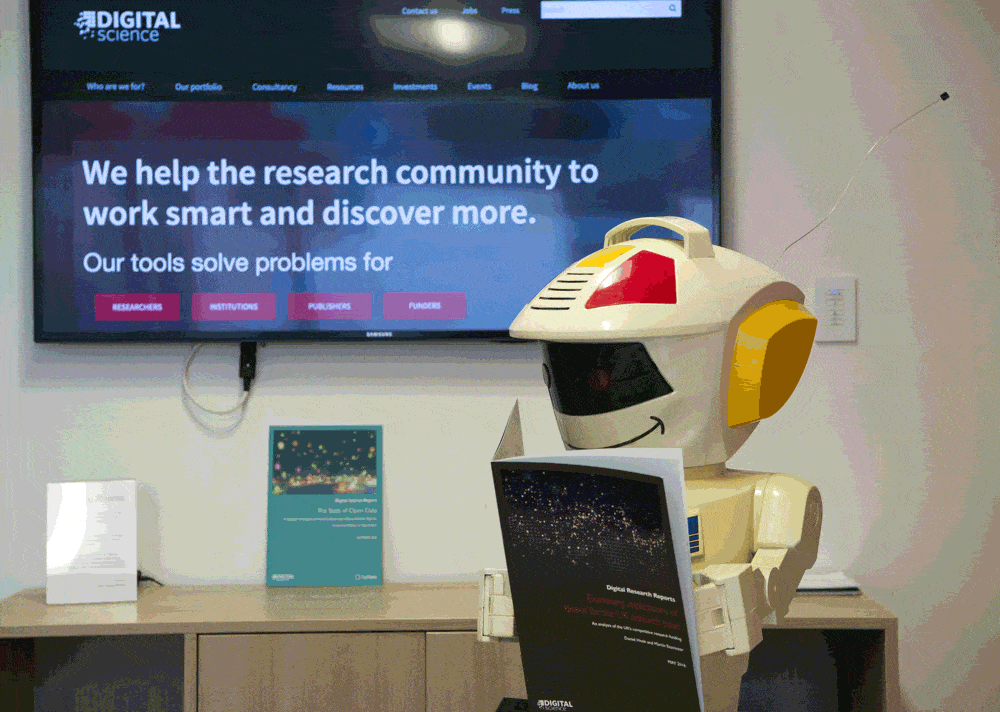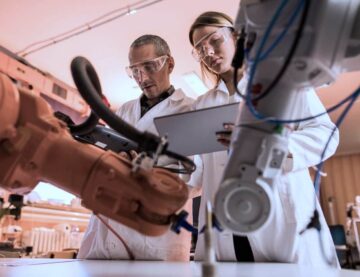The history of AI at Digital Science
While 2023 has been all about artificial intelligence (AI) and its future capabilities, the technology has been progressing for several years with Digital Science at the forefront as an established partner for its many communities. As part of the Digital Science #MindTheTrustGap campaign, Simon Linacre presents an overview of how Digital Science has developed its capabilities in AI.
For anyone who has been involved in academia for the past 25 years or so, they will remember the challenges that have followed from leaps forward in technology. How were we going to cope if the Millennium Bug crashed our machines on 1 January 2000? What would Web 2.0 mean for scholarly communications? Would MOOCs bring down the university as a learning institution?
All these big questions came and went without too much fuss in the end, showing how resilient scientific communities were in solving any problems that had arisen. In 2023, the Next Big Thing is of course AI – or more specifically, Generative AI that has been released on a mostly free basis to the world – and many people involved in research are pondering how it might impact them.
Over the years, Digital Science has aimed to support researchers and research organizations in its early adoption and implementation of AI and AI-related technologies, such as machine learning (ML), natural language processing (NLP) and more recently large language models (LLMs). For a review of how Digital Science has supported research communities – and a refresher on what these and other AI-related terms mean – we have collated some of the key articles we have published in the last few years to guide people through the AI maze. From universities to pharmaceutical firms, from researchers to publishers, these articles look specifically not just at technology like NLP itself, but its applications and implications as well.
AI across different sectors
If you are working in a large corporate setting such as a pharmaceutical firm, AI will already be familiar to you. Nevertheless, some of the advancements using AI in recent years to support scientists have been nothing short of breathtaking. It has had a major impact on cancer research and detection, which was already apparent from this article in 2018; part of this has been the creation of huge knowledge bases such as Dimensions and devising tools to interrogate them to produce new knowledge and procedures. For example, as this post by Suze Kundu highlighted, technologies such as natural language processing could help identify specific information from huge amounts of unstructured data.
When Digital Science celebrated its 10th anniversary in 2020, one thing author Katy Alexander thought would be significant was that AI would enable both an increase in accessibility and ability to understand research across disciplines and themes in a much more structured way. We are seeing this play out already with the advancement of things like the Sustainable Development Goals (SDGs), and in turn AI is playing a part in enabling collaboration among academic researchers.
Understanding how all these factors fit together and developing solutions that enable improved capabilities for researchers is at the heart of many academic publishers, who have felt the impact of AI in recent years most keenly. Five years ago we reported – somewhat prophetically – how machines were being revolutionized by AI and what the implications might be for academic publishers as automated text generation (ATG) had clear implications for creating article content. Further implications for publishing were also discussed by Suze Kundu with a look at the potential use of NLP in peer review, and the inevitable implications that would have on trust. As we have seen in the Digital Science campaign on trust with posts such as Daniel Hook’s on the ‘Lone Banana Problem’, while there are incredible advantages to be had from using AI, there are also disadvantages if the technology isn’t engineered well or if the user doesn’t account for potential errors.
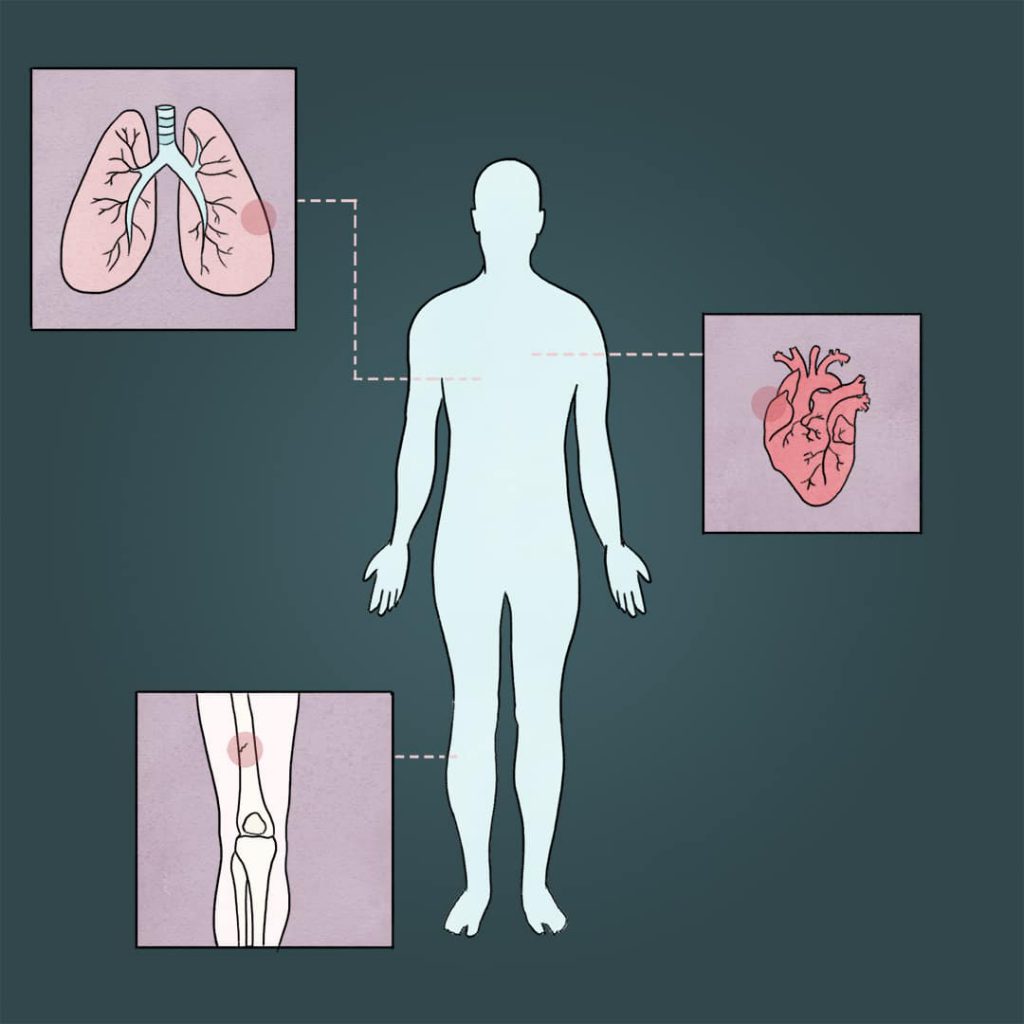
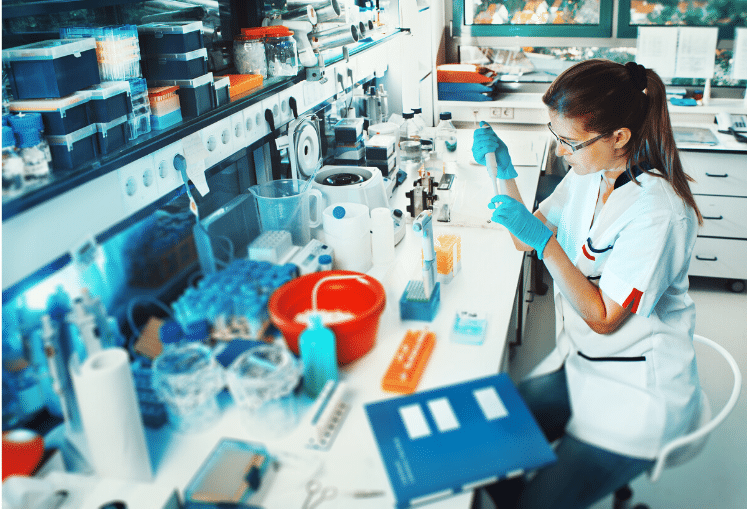
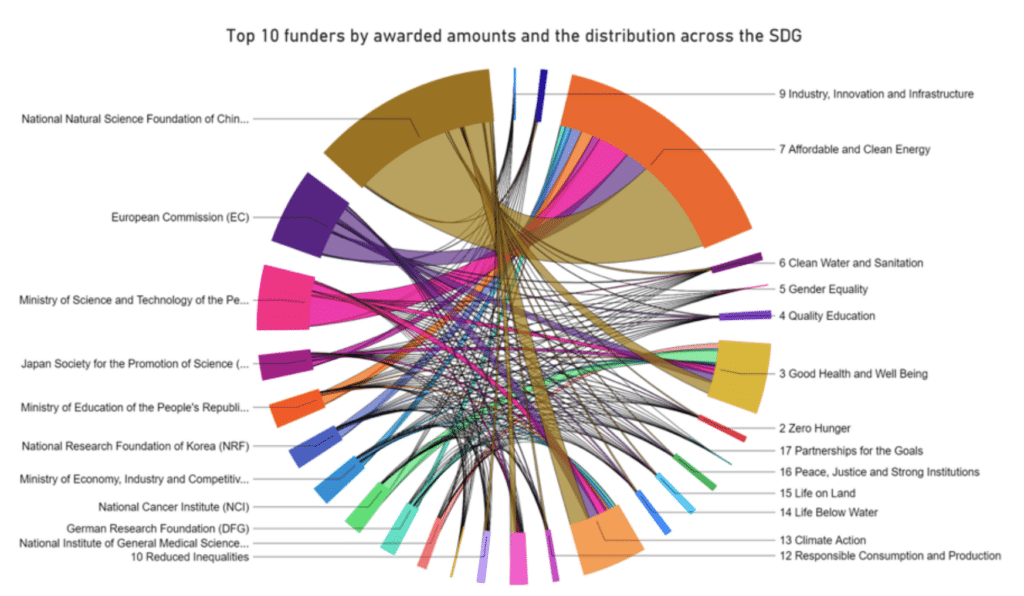
Applications
When it comes to the application of AI technology, this is where the concept of a trusted partner is particularly important. When as individuals we use technology, we do so with implicit trust in the tool we are using – trusting it will work for us, that it will find the right results and that it won’t break any rules in doing so. Scale that up to organizations using hugely powerful tools across hundreds of individuals, then the trust in the technology partner also grows along with it.
At Digital Science, we take the responsibility of being a trusted partner for customers and users very seriously, and one way we do this is in how we invest in future solutions for the research communities we work with. You can see this with the annual program we have had, known as Catalyst Grant. This showcased new technology in this space and led to a number of long-term investments, which in turn led to some companies becoming part of the Digital Science family. They have also included support for AI technology, such as two winners that sought to disrupt their niches in the research industry as highlighted in a piece by Alex Jackson.
In his article on NLP and startups, Digital Science Director of Portfolio Development Steve Scott outlined what a key role NLP was already playing in Digital Science solutions, as well as their increasing value in the future. Rather prophetically he said, “In the next 10 years, we will see NLP capabilities expand and be embedded in new products and services, helping researchers navigate ever-expanding data outputs and allowing new ways to extract and interpret meaningful analysis from past and present papers.” Only we are seeing this much quicker than the 10 years Steve forecast.
Natural Language Programming
A key aspect of AI technology that Digital Science has focused on over the years has been NLP – so much so that we published a series of articles curated by Suze Kundu devoted to the topic. As well as asking – and answering – important questions such as ‘what is NLP’ posed by Suze, the series also looked at how NLP could assist in academic writing, which we have seen develop further with the Writefull solution for Digital Science.
Another focus for NLP at Digital Science has been using AI as a force for good, mitigating against its risks for some communities in the future. This includes its use in product development for companies such as Scismic, where it has led the way in responsible recruitment, as well as Suze’s highlighting what the risks can be if certain warnings are not heeded. This is true right up until the present day as these risks are balanced in current AI technology developments at Digital Science, and we work to inform people about how what we witness with AI is not magic, but a science that requires high levels of skill and mastery as Daniel Hook so vividly portrayed in his article.
Digital Science continues to work hard to achieve this – sometimes a little too hard. Despite our best efforts, we fooled no one on 1 April 2017 with ‘news’ of a new member of the leadership team, but who knows what might happen in the future?
